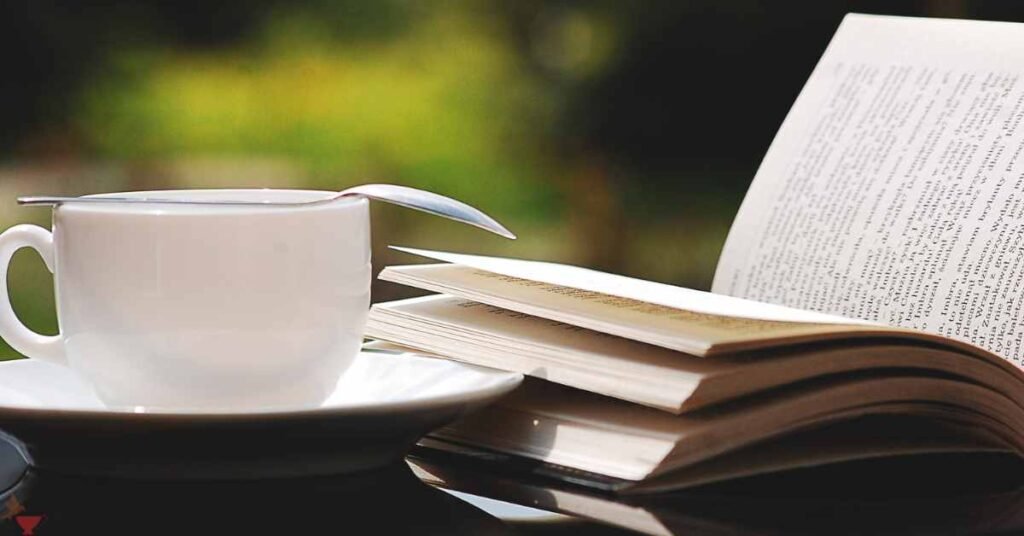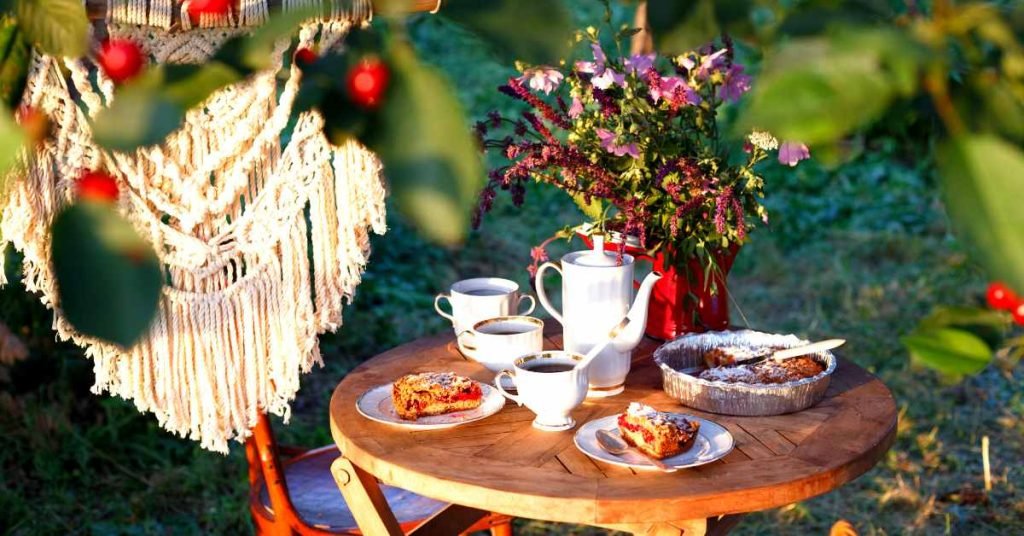There’s something profoundly comforting about curling up with a good book and a warm cup of tea.
Whether you’re seeking solace in the written word or embarking on an epic adventure, tea and literature have long shared a symbiotic relationship that enhances the experience of both.
From classic novels to contemporary poetry, tea has been celebrated not only as a beverage but as a symbol of tranquility, contemplation, and social connection.
Let’s explore the delightful intersection of tea and literature, and how this humble drink has been immortalized in words throughout the ages.
Tea in Classic Literature

In many classic works of literature, tea serves as more than just a drink—it acts as a narrative device that brings characters together, symbolizes social status, or provides a moment of reflection.
For example, in Jane Austen’s novels, tea time is a crucial social ritual.
In “Pride and Prejudice,” the characters often gather for tea, allowing relationships to develop and plot points to unfold.
Tea scenes are settings for conversations that reveal character traits and advance the storyline.
Similarly, in “Alice’s Adventures in Wonderland” by Lewis Carroll, the Mad Hatter’s tea party is one of the most iconic scenes in literature.
This whimsical and nonsensical event symbolizes the topsy-turvy world Alice finds herself in and serves as a critique of Victorian social norms and customs.
The tea party is not just a backdrop but a central theme that showcases the absurdity and unpredictability of Wonderland.
Tea in Poetry
Poets have long been inspired by the serenity and ritual of tea.
The Japanese tradition of tea poetry, or chado, is deeply rooted in Zen Buddhism and the aesthetics of the tea ceremony.
Poets like Matsuo Basho have crafted haikus that capture the essence of the tea experience, emphasizing simplicity, nature, and mindfulness.

In Western poetry, tea often appears as a metaphor for calm and contemplation.
The famous poet T.S. Eliot references tea in “The Love Song of J. Alfred Prufrock,” where the mundane act of preparing and drinking tea underscores the protagonist’s feelings of indecision and existential angst.
Meanwhile, Emily Dickinson, known for her introspective and nature-themed poetry, frequently alludes to tea as a comforting and grounding presence in her contemplative life.
Contemporary Celebrations of Tea in Literature
Modern authors continue to celebrate tea in their works, often using it to create a sense of place and character.
In J.K. Rowling’s “Harry Potter” series, tea is a staple in the cozy and magical world of Hogwarts.
The characters often gather for tea in Hagrid’s hut or the Great Hall, where it serves as a symbol of hospitality and comfort in the face of adversity.
In contemporary poetry, tea remains a source of inspiration.
Poets like Naomi Shihab Nye and Mary Oliver have written evocatively about the simple pleasure of tea, connecting it to themes of peace, nature, and personal reflection.
These modern works highlight tea’s enduring appeal and its ability to evoke a sense of warmth and community.
Tea as a Literary Muse

Tea’s presence in literature is more than just a recurring motif; it is a literary muse that inspires writers and readers alike.
The ritual of making and drinking tea encourages mindfulness and provides a moment of pause in our busy lives.
This act of slowing down and savoring the moment resonates deeply with the reflective nature of reading and writing.
For many authors, the process of brewing tea serves as a creative catalyst.
The quiet moments spent waiting for the tea to steep can lead to bursts of inspiration and clarity.
The act of drinking tea can create a sense of rhythm and routine, helping writers to focus and immerse themselves in their work.
Final Word
From the drawing rooms of Jane Austen’s novels to the whimsical world of Wonderland, tea has been a cherished companion in literature for centuries.
Its presence in poetry and prose reflects its role in our lives as a source of comfort, contemplation, and connection.
As we continue to explore the rich tapestry of tea and literature, we celebrate the timeless bond between these two beloved traditions.
So, next time you settle in with a good book, don’t forget to pour yourself a cup of tea and savor the magic that unfolds in the pages before you.
MEDICAL DISCLAIMER
Itsnevernotteatime.com cannot and does not contain medical/health advice. The medical/health information is provided for general and educational purposes only and is not a substitute for professional advice.




